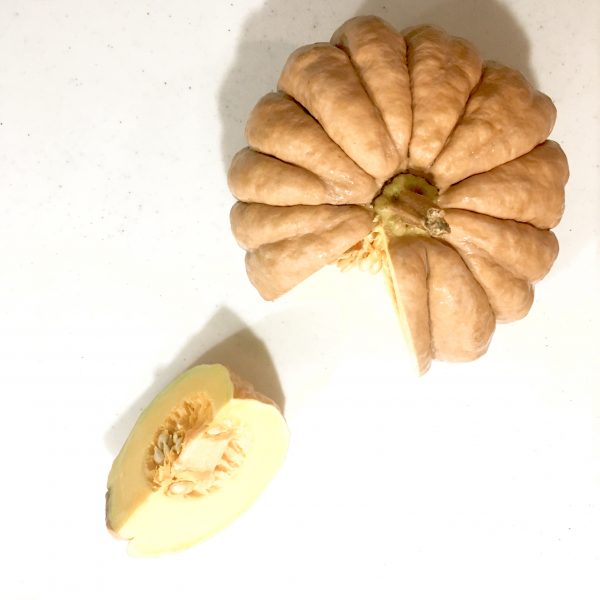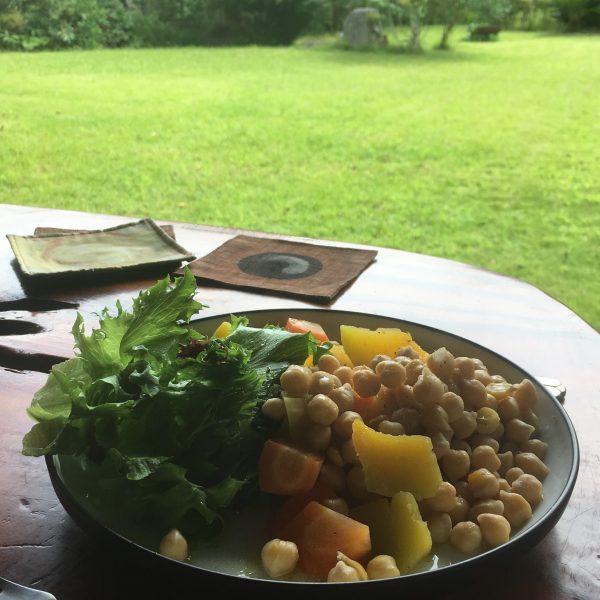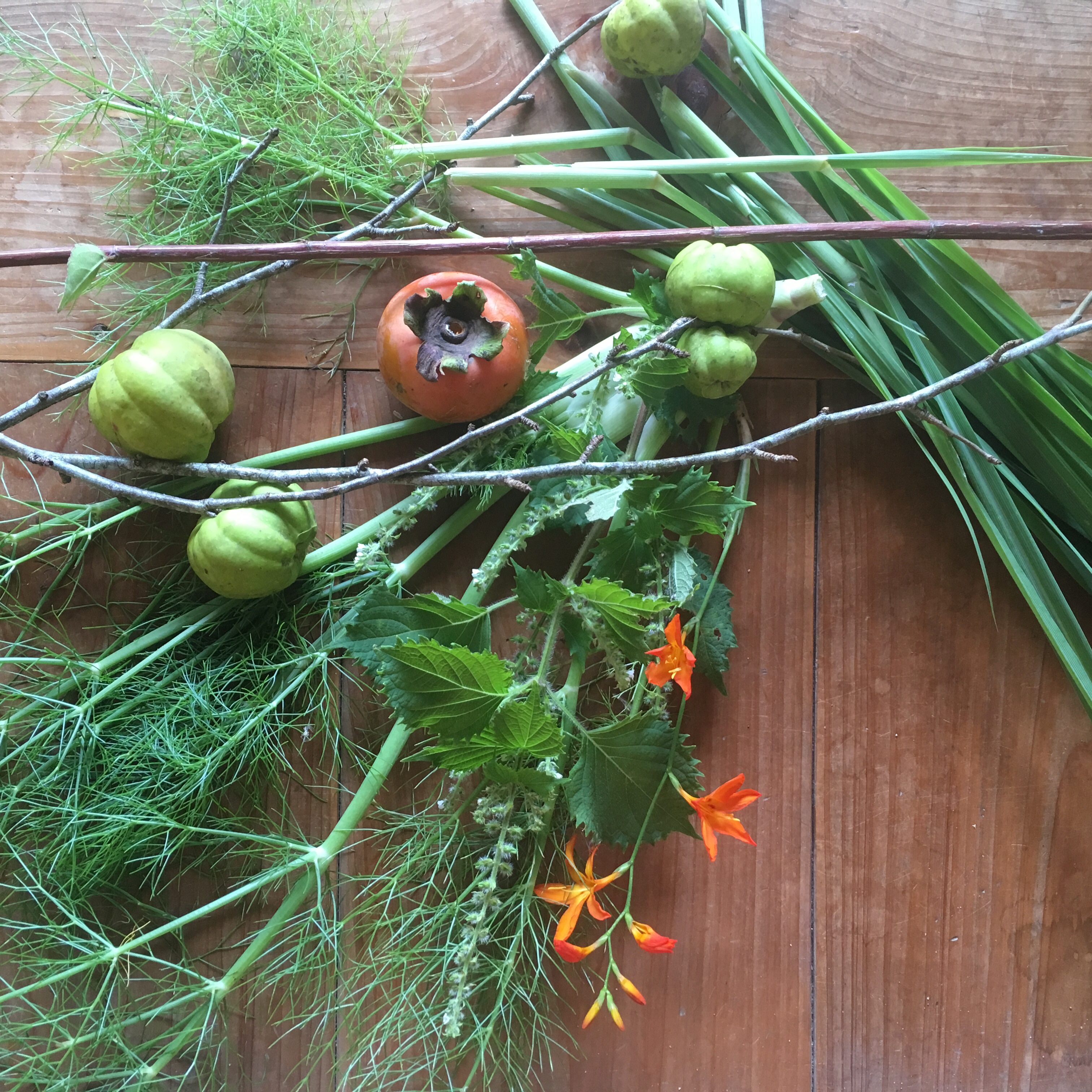Last time I made gyoza A. complained because I didn’t make the wrappers. And I totally agreed with him. The homemade ones are thiner, tastier and so simple to make that I kind of felt a bit ashamed of it… When I cook in the evening on week days I usually like to prepare things I am sure about and won’t mess because I am too busy to mess. So I felt I needed to practice dough making.
What does it have to do with noodles???
Well the gyoza wrappers and the noodles I made are basically the same recipe: flour and water… and it takes literally 5min to make the dough for each. And for the noodles just 2min to roll and cut them. Perfect to enhance a simple vegetables soup! So here is my recipe for a quick, simple, energizing and warming soup.
Noodles soup (1 serving)
– 1 carrot
– 1 leek
– a pinch of turmeric
– a pinch of chilly pepper
– 4-5 coriander seeds
– a pinch of sesame seeds
– a pinch of salt
– a bit of ground pepper
– 40g of flour
– water
In a pan with 500ml of water, add the carrot and leek cut in the shape you like. Add the spices and condiments. Bring to a boil. And keep boiling at low heat under cover.
In a small bowl mix the flour with a little of water to obtain a soft dough, silky not sticky. Knead a bit. Roll with a pin onto a floured top to a flat 1mm or less sheet. Cut 5mm wide noodles, add to the soup and boil while sometimes stirring for 5min.
Serve and eat while hot!!!
Have a good weekend!

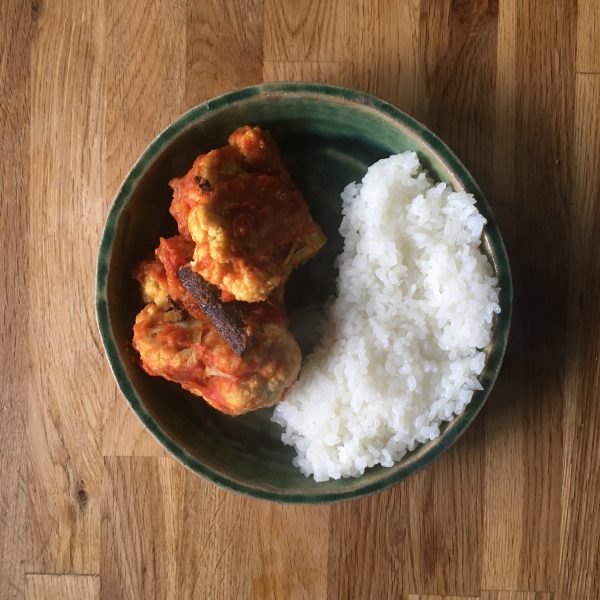


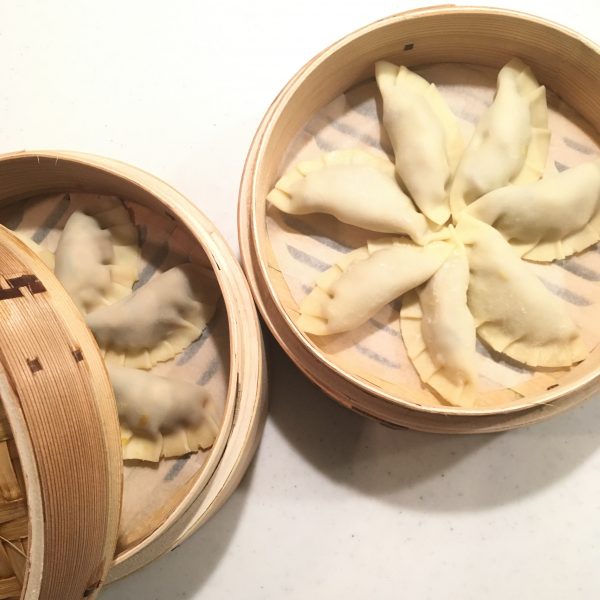

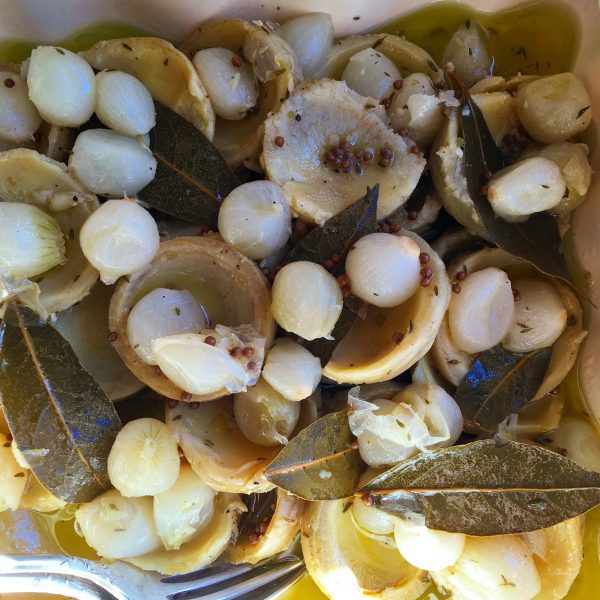
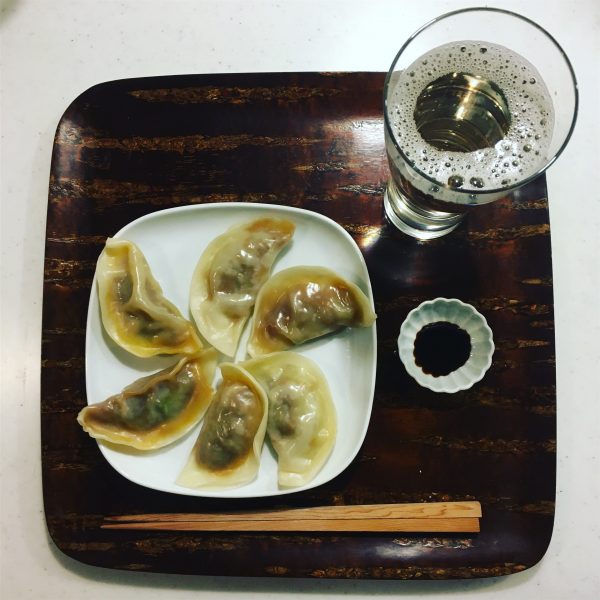
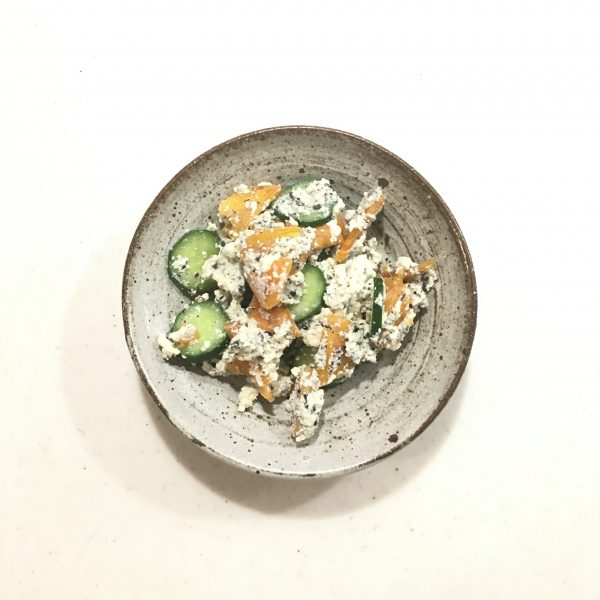

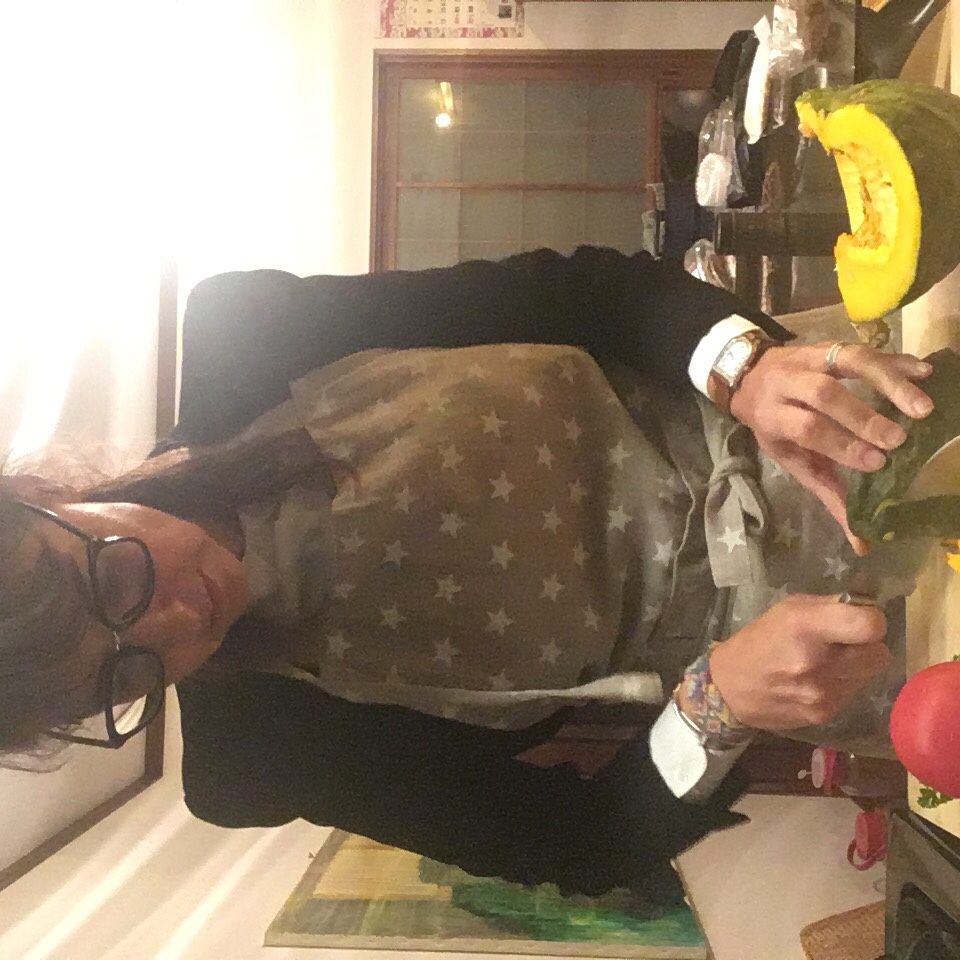 Well I was preparing dinner with the leftover veggies: kabocha and tomatoes. I also picked some fresh parsley in the garden and was thinking about what to do with them when the crave for soba noodles just came. All was decided… And that’s how this recipe of kabocha soba was born. It was so delicious that I really need to share it with you! Moreover because it’s been a while I haven’t shared a proper recipe!!
Well I was preparing dinner with the leftover veggies: kabocha and tomatoes. I also picked some fresh parsley in the garden and was thinking about what to do with them when the crave for soba noodles just came. All was decided… And that’s how this recipe of kabocha soba was born. It was so delicious that I really need to share it with you! Moreover because it’s been a while I haven’t shared a proper recipe!!